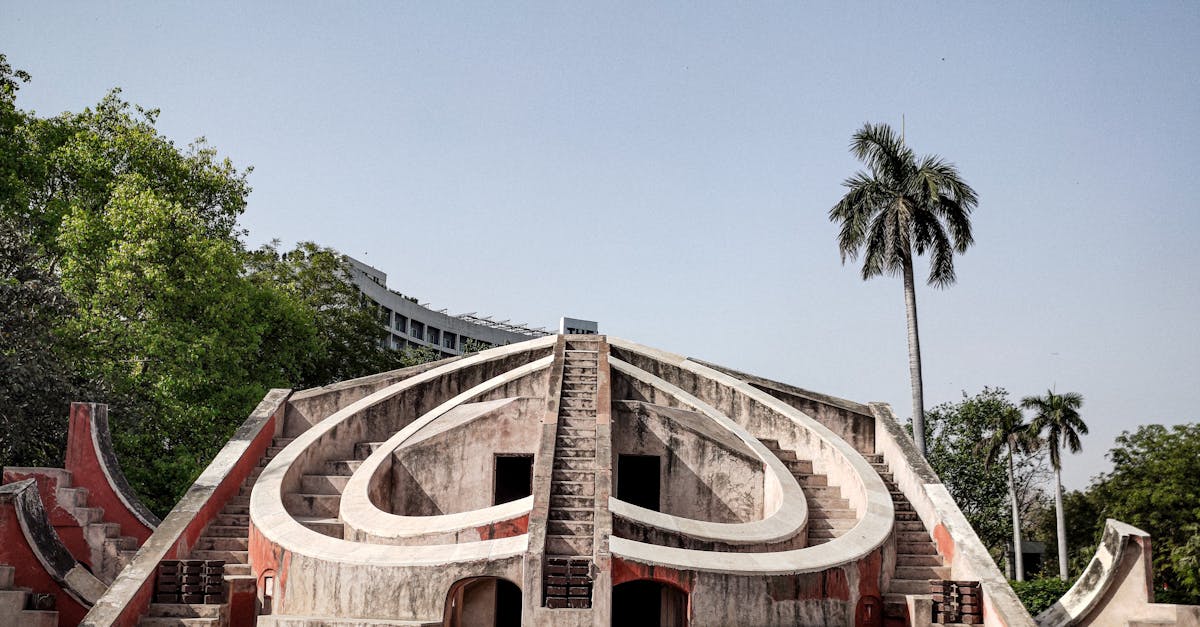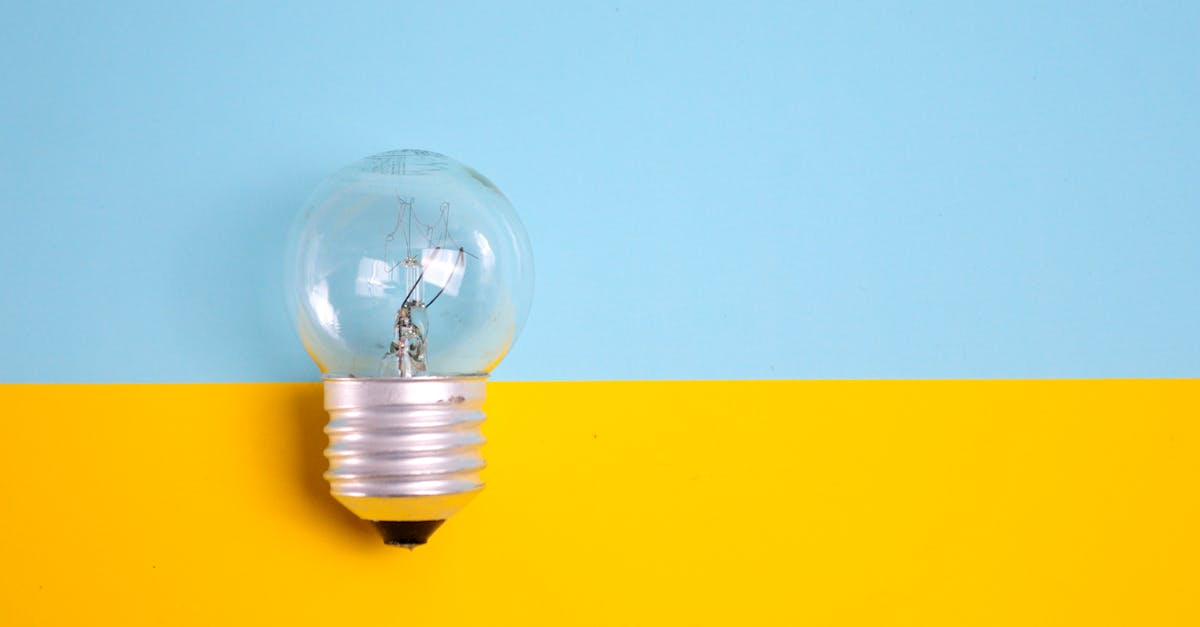Here’s a creative and educational School Project for Class 5/6/7 on Indian Science and Math History, explained in simple English, with an emphasis on craft work, creativity, and curiosity.
🌟 Introduction
India has a long and proud history of great scientists and mathematicians. From inventing the zero to building ancient observatories, Indian thinkers like Aryabhata, Bhaskara, Sushruta, and others made big contributions. This project will help you learn about Indian science and math in the past and present your knowledge creatively using models, charts, or videos.
🧠 A. Conceptualization
📖 Background Story
Ananya, a Class 6 student from Varanasi, was always confused by the concept of zero. One day, her grandfather told her that it was an Indian genius named Aryabhata who first explained zero and many other math rules. He also told her about Sushruta, who performed surgeries in ancient times, and Varahamihira, who studied the stars. Curious, Ananya decided to make a project showing India’s contribution to science and math. She made a clay model of Aryabhata with scrolls and an old observatory using paper rolls and colored charts. Her teacher was amazed at how history, math, and art came together. Now, it’s your turn to discover and create!
📝 Plan the Project
- Theme: Ancient Indian Science and Mathematics
- Goal: Learn and present the work of Indian scientists and mathematicians in a creative way
- Mode: Individual or team of 2
- Class: 6
- Duration: 2–3 weeks
- Subjects Linked: Math, Science, History, Art
💡 Research and Brainstorm
Ask and explore:
- Who are famous Indian scientists or mathematicians? (Aryabhata, Brahmagupta, Bhaskaracharya, Sushruta, Charaka, etc.)
- What were their discoveries or inventions?
- How were stars, surgery, numbers, and time studied in ancient India?
- Visit library or internet (kid-safe), talk to elders or teachers
🎨 B. Design and Develop
🧰 Material Used (Short and Specific)
- Cardboard, chart paper, colored sheets
- Clay, paper rolls, ice-cream sticks
- Waste boxes, glue, sketch pens
- Paints, scissors, strings, LED (optional)
🛠️ Activities Involved in 3 Detailed Steps
🧠 Step 1: Choose Your Topic and Plan Your Idea
Choose one topic such as:
- Aryabhata’s contributions
- How zero was invented
- Sushruta’s surgery tools
- Jantar Mantar observatory
- Ancient Indian number system
Draw your idea or list what you will include in your model.
✂️ Step 2: Make the Model or Chart
- Use clay or paper to create the scientist or tool (like surgical knife or abacus)
- Make a 2D timeline of discoveries or a 3D structure like Jantar Mantar
- Add labels like “Aryabhata – 476 CE”, “Zero = Shunya”, “Sushruta’s Kit”
- Decorate with colors and use recycled material creatively
🎭 Step 3: Add Movement or Special Element (if possible)
- Spinning timeline wheel
- Flipbook with facts
- Light-up ancient scrolls (using LED)
- Moving abacus using strings or beads
🎥 C. Presentation & Evaluation
🖥️ PPT and/or Video with 2D or 3D Model
PPT (4–5 slides):
- Title + Your Name
- Your Topic: Who / What is it about?
- What did this person/invention do?
- How you made your model
- What did you learn?
Video (2–3 minutes):
- Show your model
- Explain its parts and historical importance
- Demonstrate movement/light if added
⚙️ Running Model (Optional)
- Moving sun-dial or time wheel
- Bead counting system
- Flip cards for fun facts
- “Talking scroll” using voice note playback
📚 D. Learning from Project
This project helps students understand India’s great contributions to science and math in a creative way. By choosing a topic, building a model, and explaining it, students connect past knowledge to present learning. They practice using hands and minds together—planning, building, and presenting their ideas with confidence. They also develop respect for Indian history and feel proud of our scientific roots.




